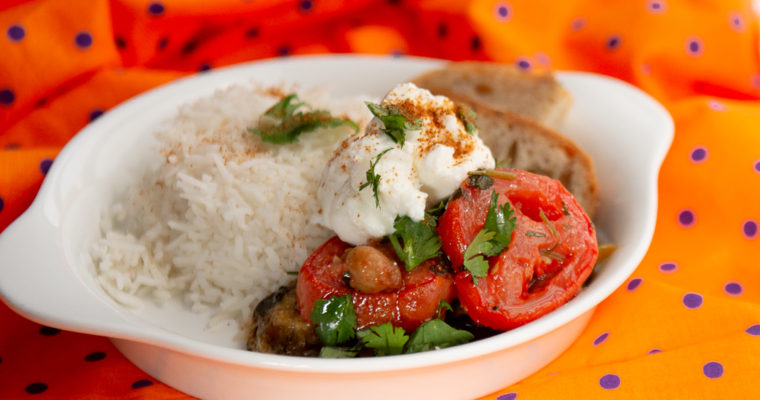Oldies But Goodies: Guinness Baked Beans
Every month Blue Cayenne features recipes from our archive of more than four hundred recipes. These recipes are our “Oldies But Goodies.”Here is a hearty favorite bean recipe: Guinness Baked Beans. You don’t want to miss this great recipe…again. Want to dive deeper into our…



